
The changing dynamics of software development witnessed the no-code platforms challenge the age-old dominance of traditional coding approaches to gain prominence. With more and more businesses and individuals steadily embracing faster and more accessible methods of bringing ideas to implementation, the debate around these two methodologies has gained quite a lot of momentum. In this blog, we will take a look at the strengths and weaknesses of both approaches and analyze where the future of development lies.
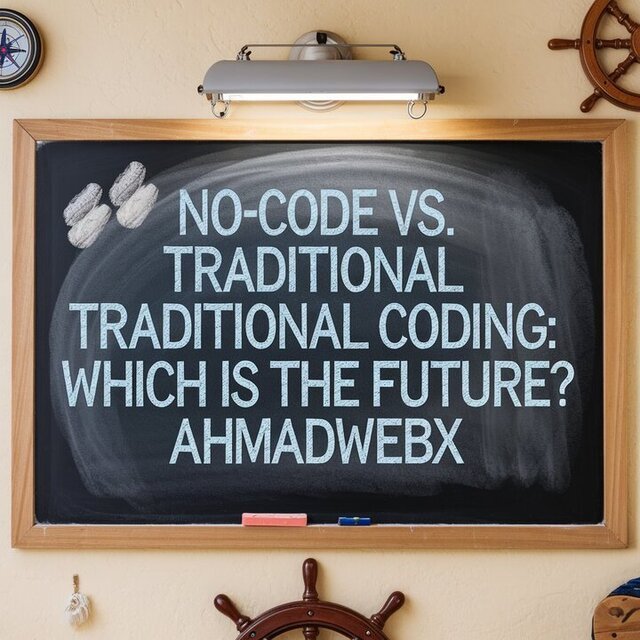
Traditional Coding- The Foundation of Software Development
Traditional Coding has for decades remained the very foundation of software development, relying upon complex programming and technical wisdom to build applications from nothing. Developers who deal with languages such as HTML, CSS, JavaScript, Python, and PHP create quite customized solutions that can be optimized for performance, security, and scalability.
Traditional-style customization and control grant exceptional flexibility. Developers design and write code with total control over every aspect of the project, thereby accurately realizing what they envisioned without any constraints from pre-built templates or modules. Such fine-tuning is precious especially for complex enterprise-level applications, which ought to bear heavy loads of traffic or require specific functionality
Nonetheless, traditional coding is gravely troubled by real challenges, as explained in Steve McConnell’s “Code Complete”; delivered code usually contains about 15 to 50 defects per 1000 lines, making it tedious to track bugs. Statistics suggest that complex enterprises could have the number of bugs running into hundreds or thousands, which take a huge chunk of time and money to fix. Traditional coding has delayed timelines, swelled costs due to engaging very skilled developers, and has remained forever a maintenance nightmare.
Modern no-code platforms have provoked a paradigm shift on how software is being created. A no-code platform should be understood as one that combines visual interfaces with minimal coding knowledge to allow any user to put together an application through drag-and-drop or pre-built templates. From WordPress to Webflow to Wix, the development of websites and applications is now available to an audience much broader than in the past.
The merits of no-code approaches are immense and may serve to transform society. Development time shrinks dramatically: projects that may take weeks or months in traditional coding are being transformed and finished in merely days or even hours. Costs diminish because there really are no specialized developers to hire for the work that requires no skills. Perhaps above all, development becomes democratized under no-code. It allows people who may not be involved in technical work, such as business analysts and marketers, to develop functional applications.
Since pre-built and tested components are primarily being used with no-code platforms, less custom code means fewer chances of bug occurrence. While there might still be bugs with the way users will implement the visual tools, the odds of that happening are very much reduced compared to bugs arising in traditional programming environments.
However, despite its advantages, the no-code route does have its limits. Customization would be limited to what the platform offers, and scalability could be problematic with larger applications. Other roadblocks also exist – performance tuning and SEO optimization constraints just to cite a few. Furthermore, there would be a dependency on the platform provider; if they shut down, then so does your application.
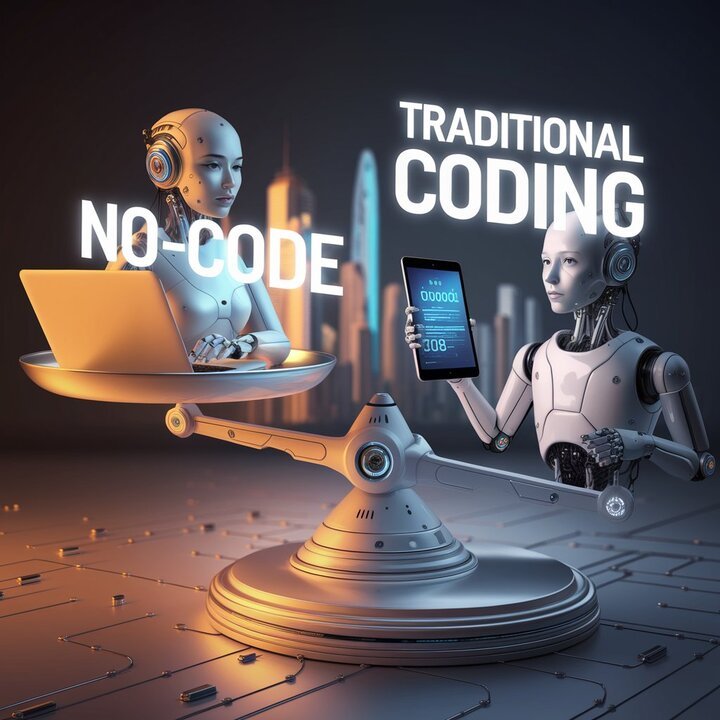
It seems that the future of software development will not really be about one or the other. Instead, this combination builds a powerful synergy between no-code and traditional development approaches. This partnership provides an efficient and effective working environment that takes advantage of the strengths of both processes.
In this hybrid model, no-code platforms will be used for rapid prototyping and basic functionality, while traditional code will be used for more complex customized functionality. The developer will be able to apply their coding skills to tackle the more difficult problems while accelerating the mundane ones with no-code tools.
As the different techniques complement each other, they are already reshaping how development team’s work. Teams using no-code for application development will get more done in less time because they will not have to write or test every component from scratch. Faster deployment of pre-configured modules with core functionalities means that the technical experts can work on more than one program at a time.
Artificial intelligence, especially in this world of no-code and low-code platforms, comes as a revolutionary element in the development arena. With the introduction of better visual interfaces, as well as the building of intelligent drag-and-drop functionalities, there should now be no excuse for denying the accessibility of these platforms to the nontechnical user.
Industry specialists Predict that by 2025, AI will allow no-code tools to better compartmentalize sophisticated, specialized functionalities into modules, which can be assembled without needing a dedicated expert for each domain so that a development team can add these features among others, such as AI, big data, and IoT, via different no-code environments: Some futurists brown their things: saying that through AI, the no-code and low-code will merge into one space where human works would be driven away from constructing applications into more useful articulating specifications of what applications should do, and allowing AI to generate production-ready codes from these specifications: Predictions for 2025 and Beyond
In anticipation of 2025, some trends start coming up for no-code and traditional coding spheres:
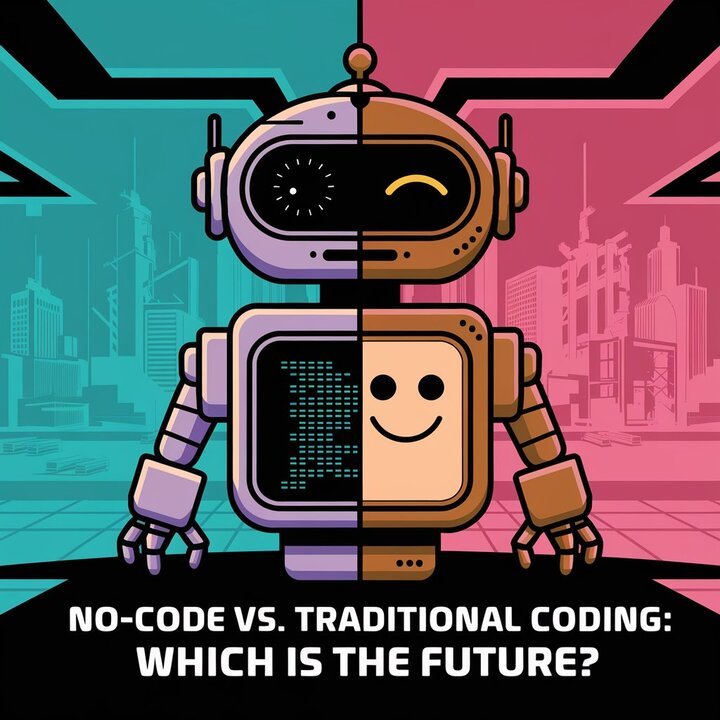
Advising No-Code Usage When:
Consider Hybrid When:
The future of programming does not appear to be destined toward an exclusive takeover by no-code or regular coding. Instead, we are headed toward a collaborative ecosystem in which both approaches co-exist and complement each other. The most successful organizations will be those that strategically leverage both approaches according to their needs.
No-code would continue to evolve, simpler methodologies toward their current limitations, while traditional coding would remain indispensable for complex highly specialized applications. Artificial intelligence will become ever more instrumental in bringing this divide, thus creating an alternative reality beyond which the distinction coding-no-code development becomes blurred. Human instinct will drive development from coding up to requirement and design intent articulation to fairly established AI platforms for development.
In this changing arena, developers will still not become obsolete but rather work on higher-level problems and innovations with no-code and AI tools complementing them to improve efficiencies while taking care of routine application development tasks. The future of software development is no longer about choosing no-code over regular coding or vice versa; it’s about utilizing the great things about both approaches to develop enhanced software in a shorter time.



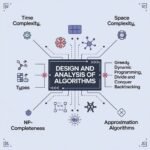


Ghulam Ahmad is an Excellent Writer, His magical words added value in growth of our life. Highly Recommended
- Irfan Ahmad Tweet


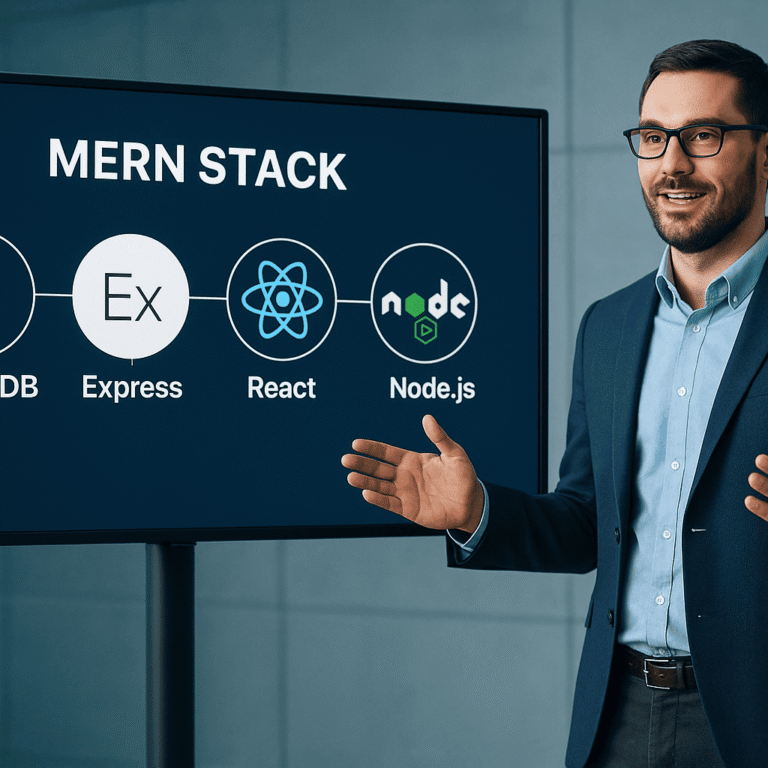
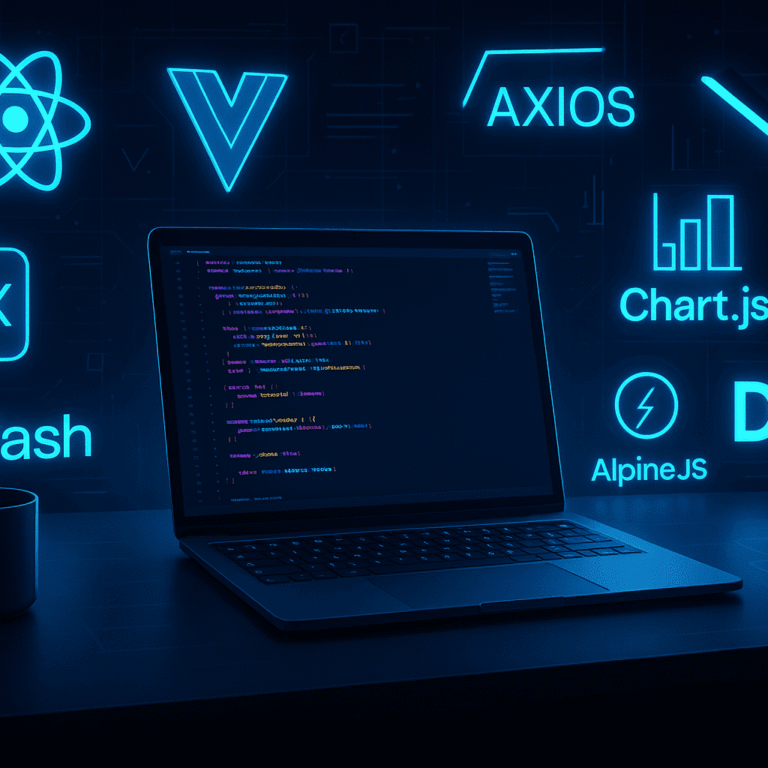
12 Responses